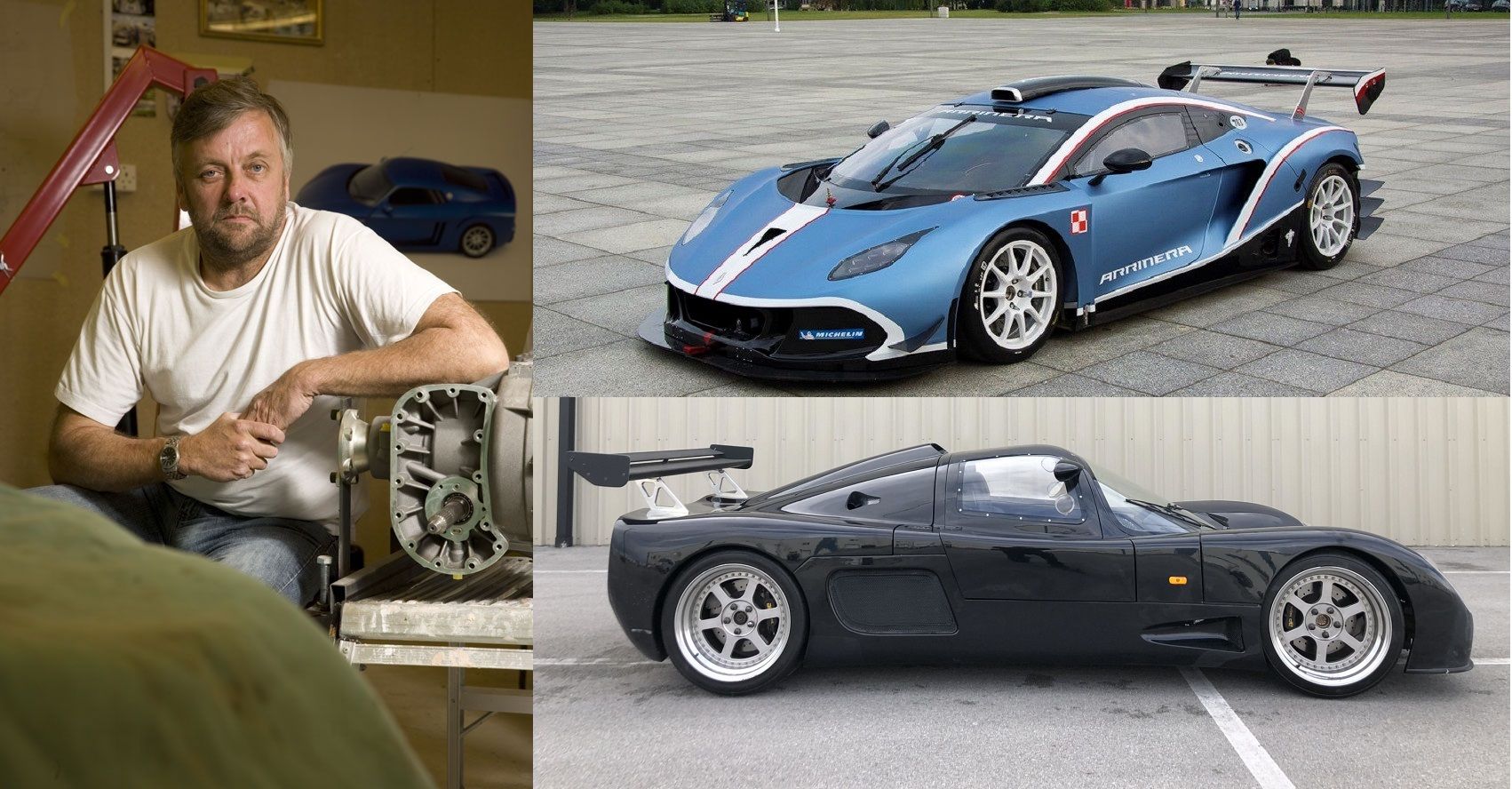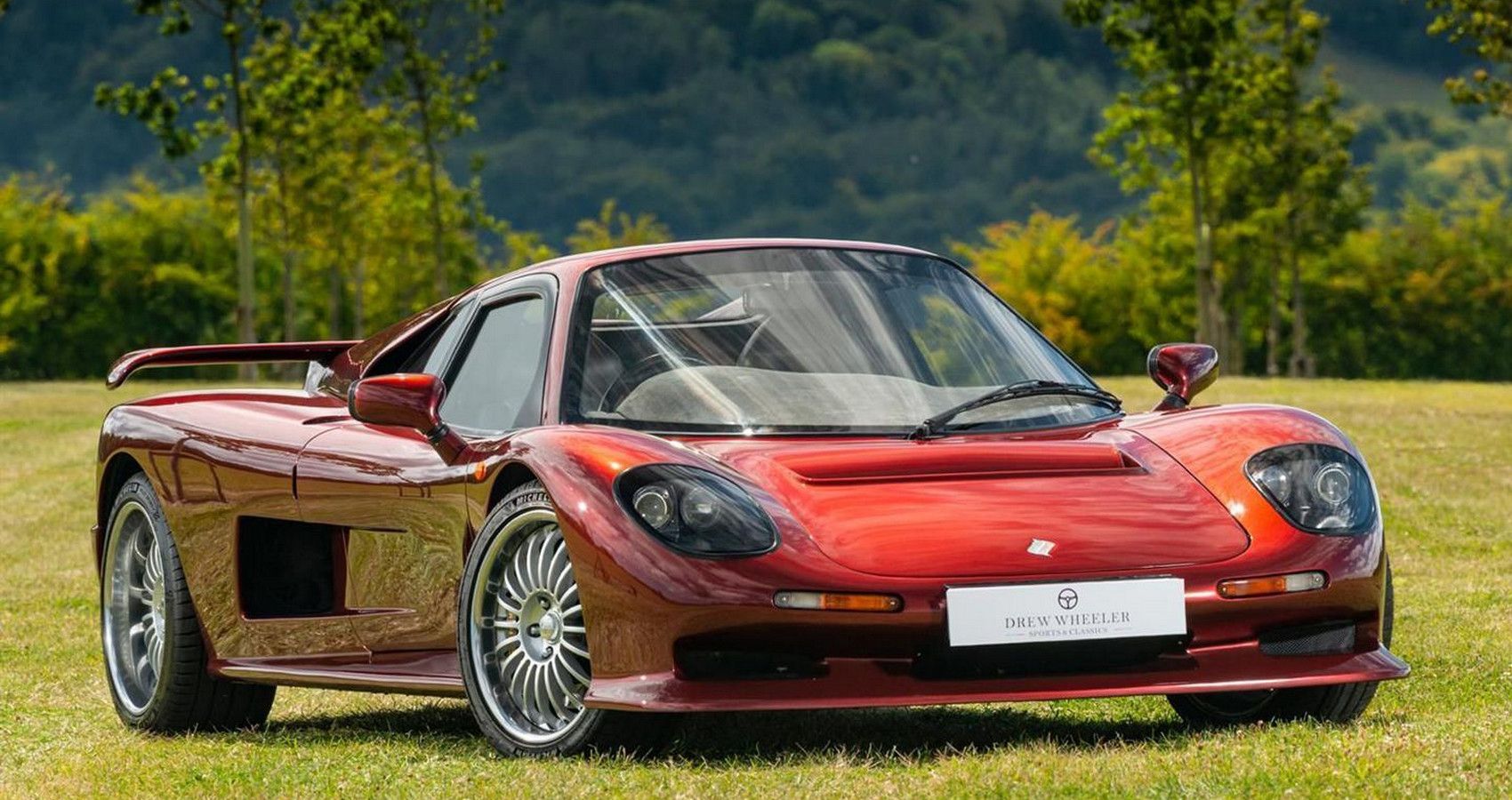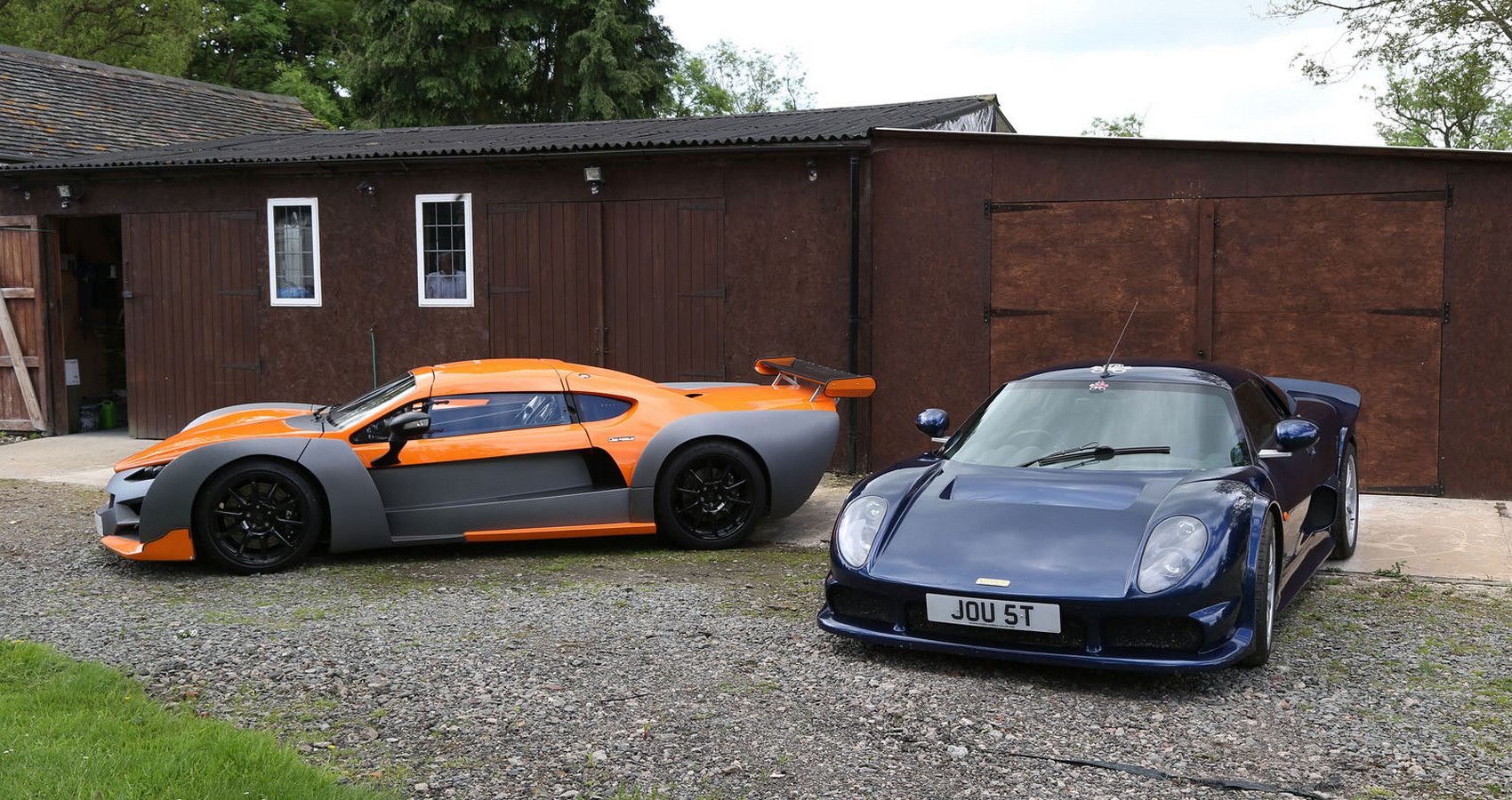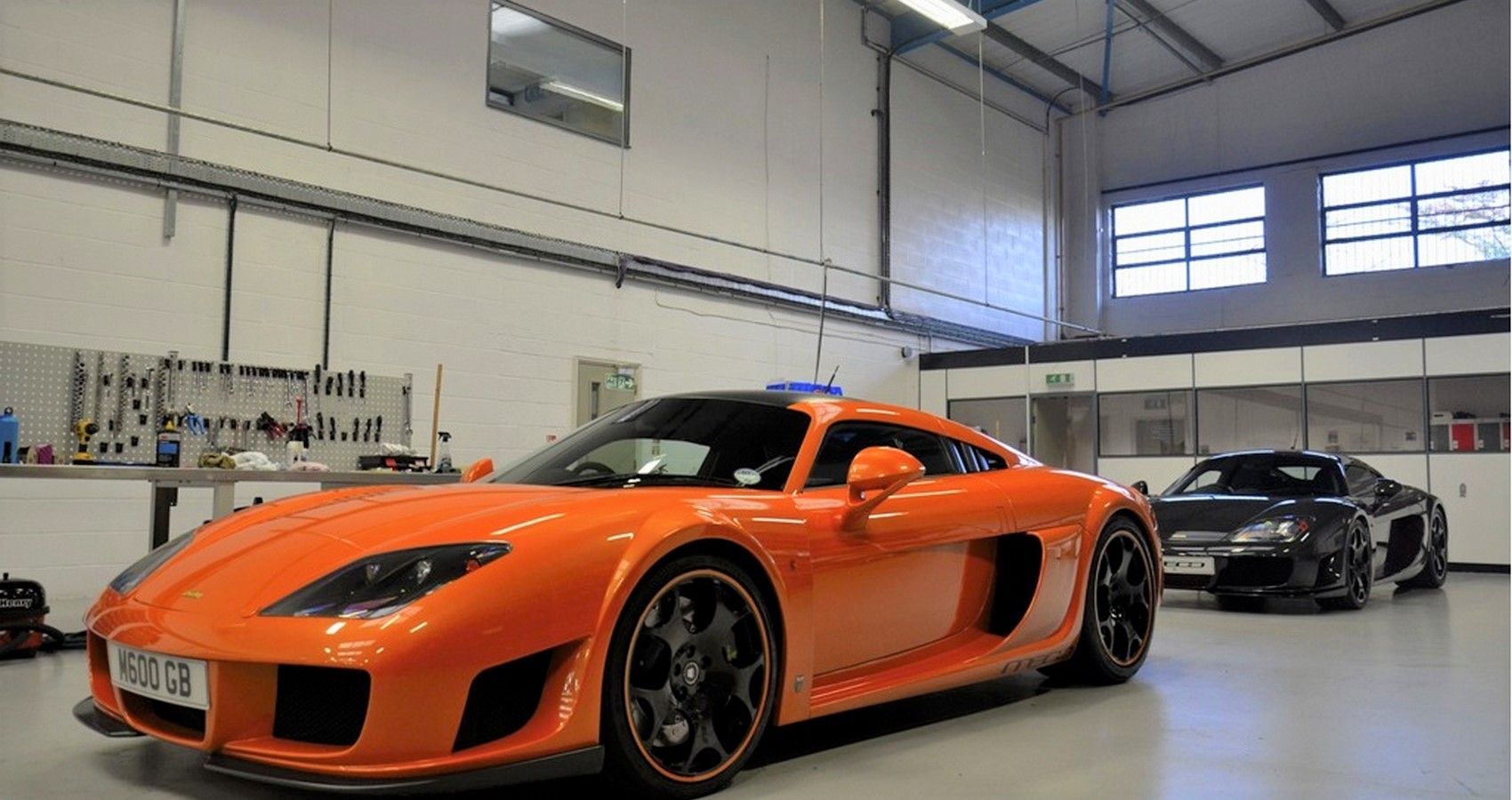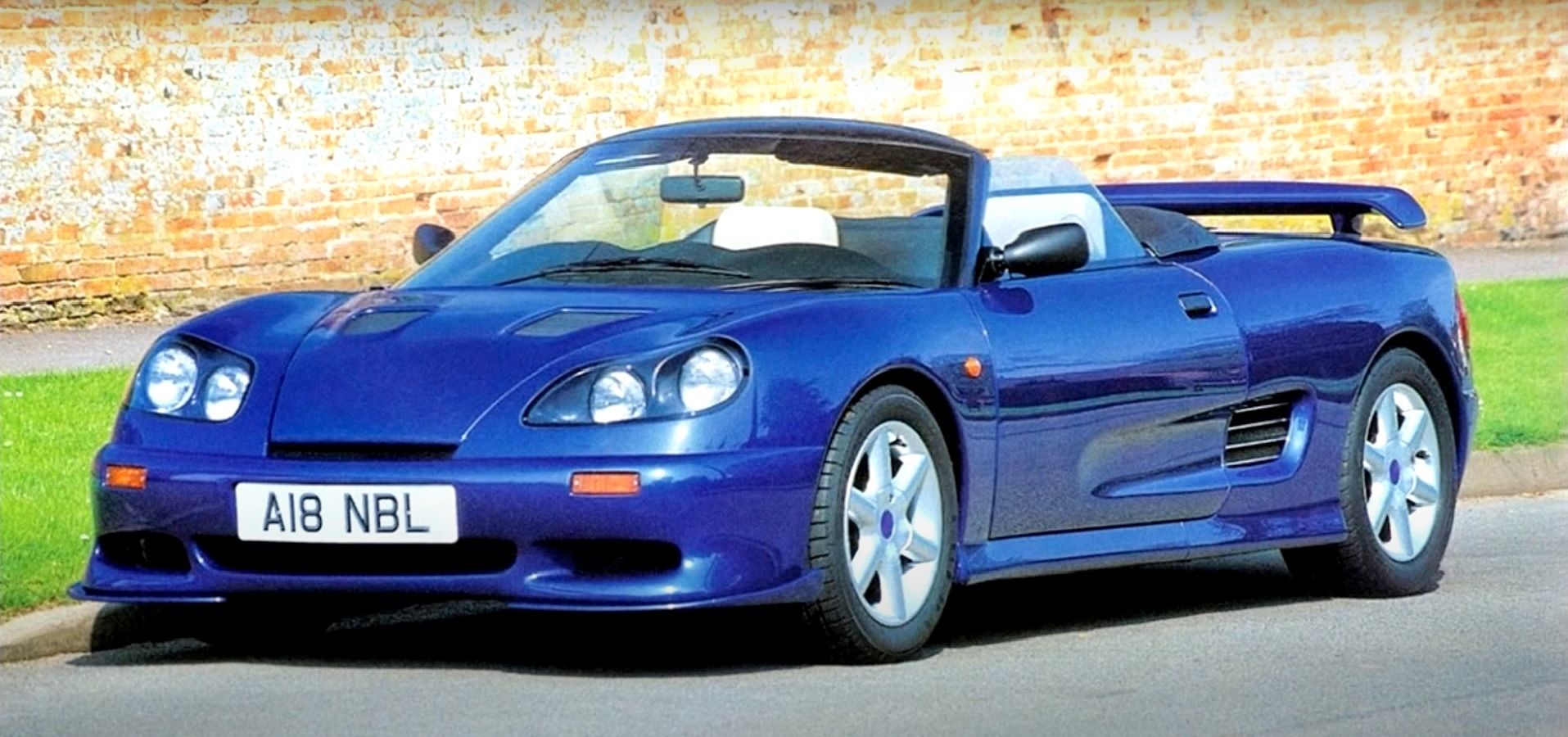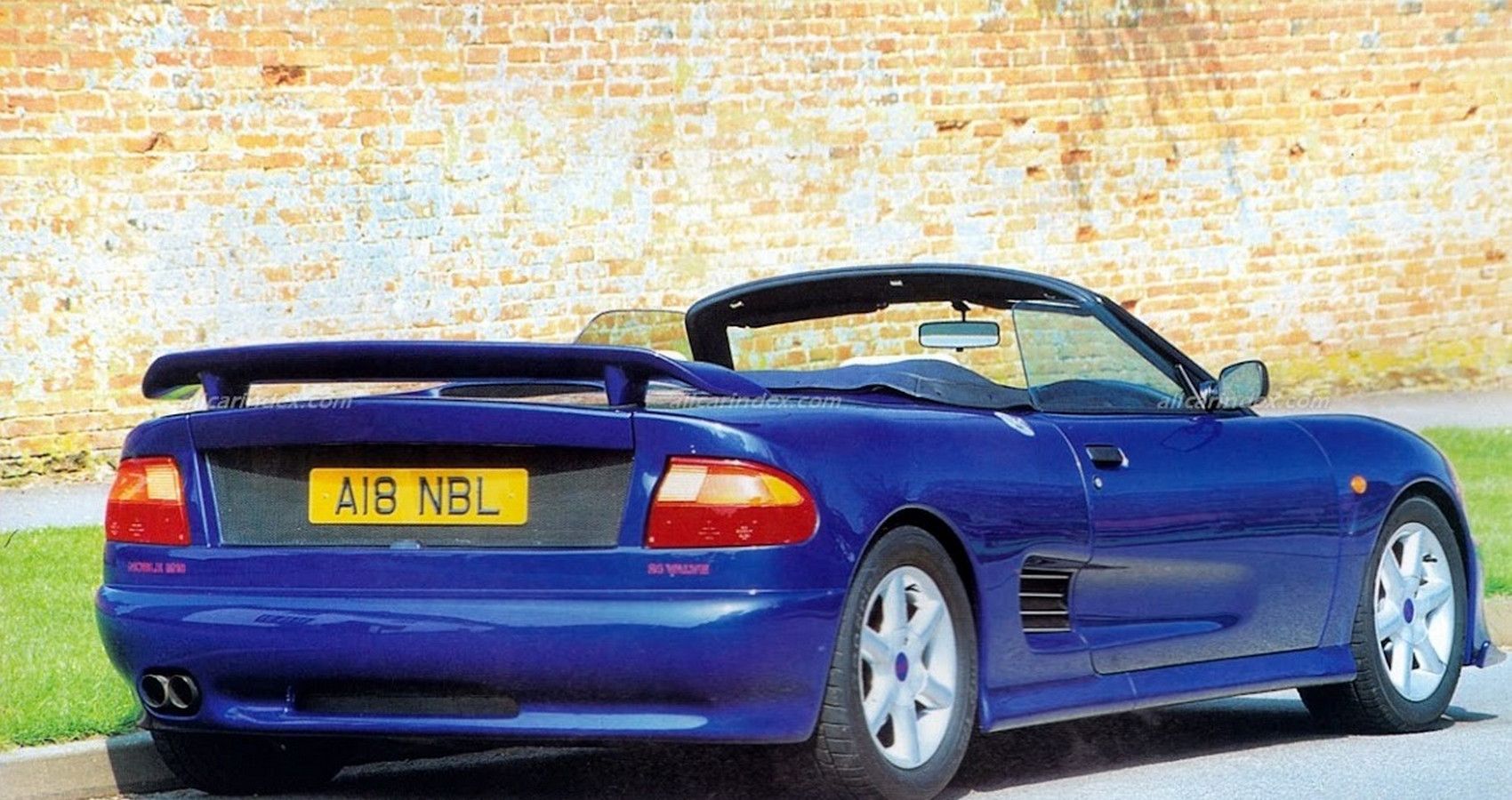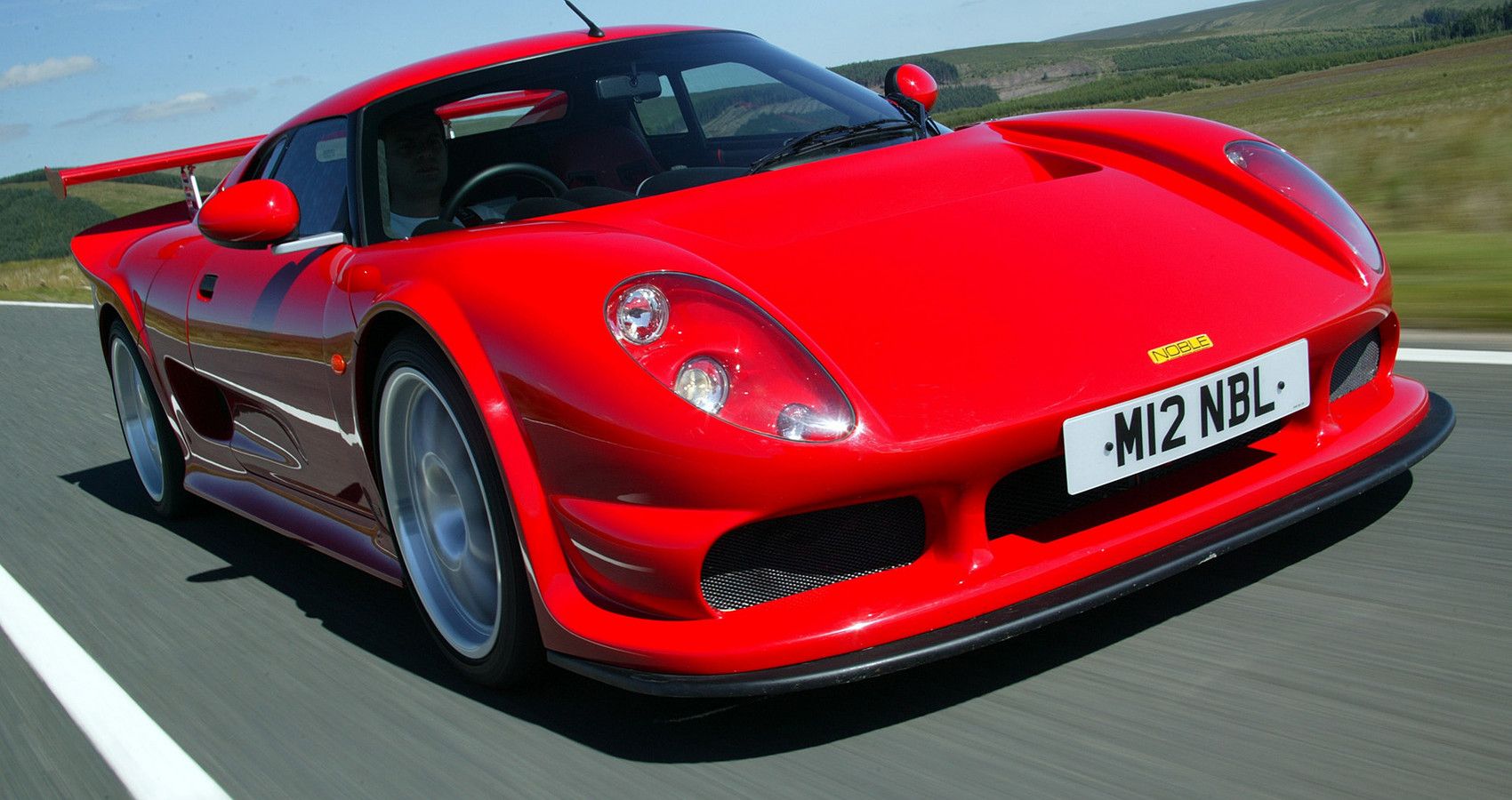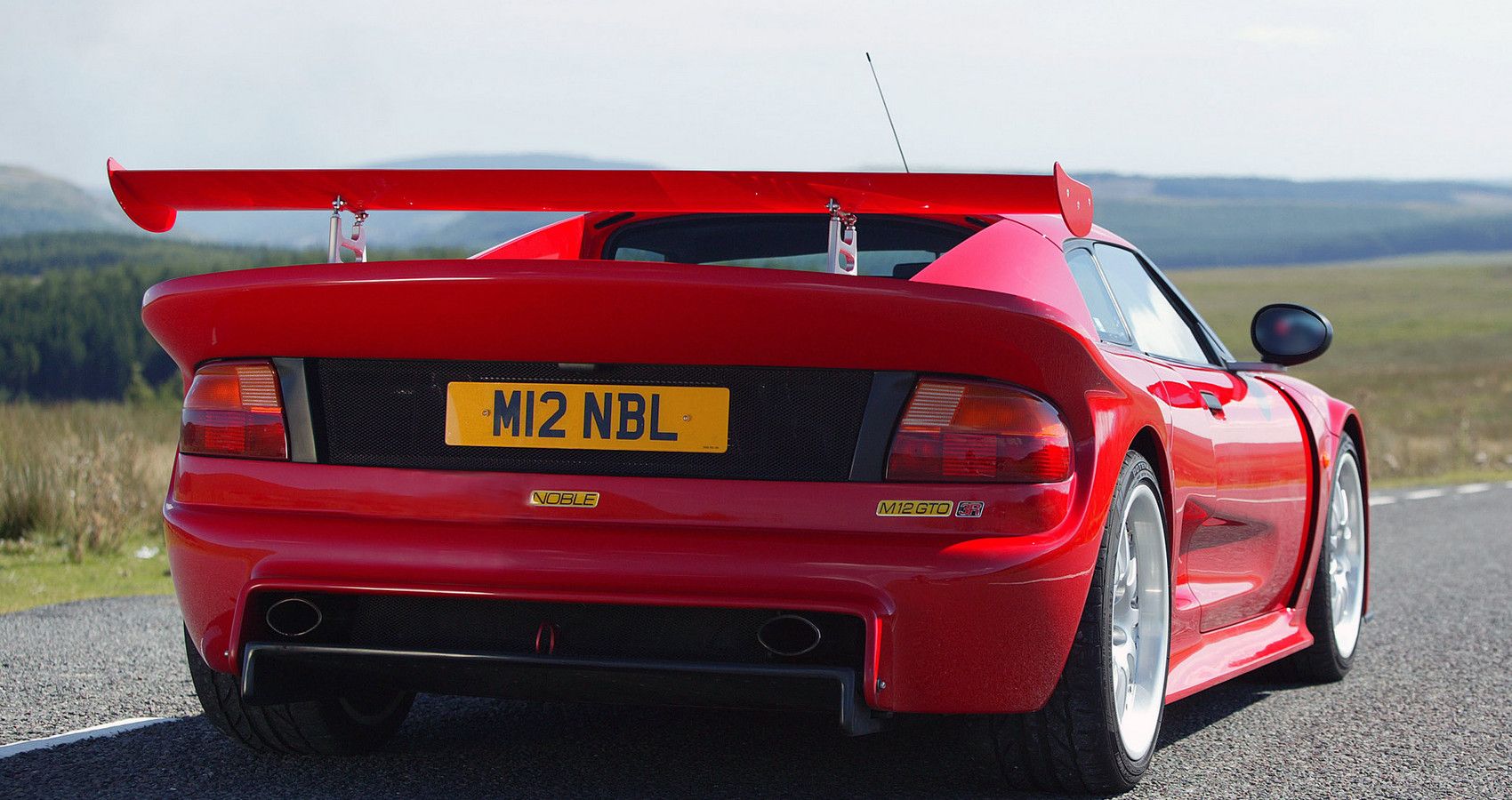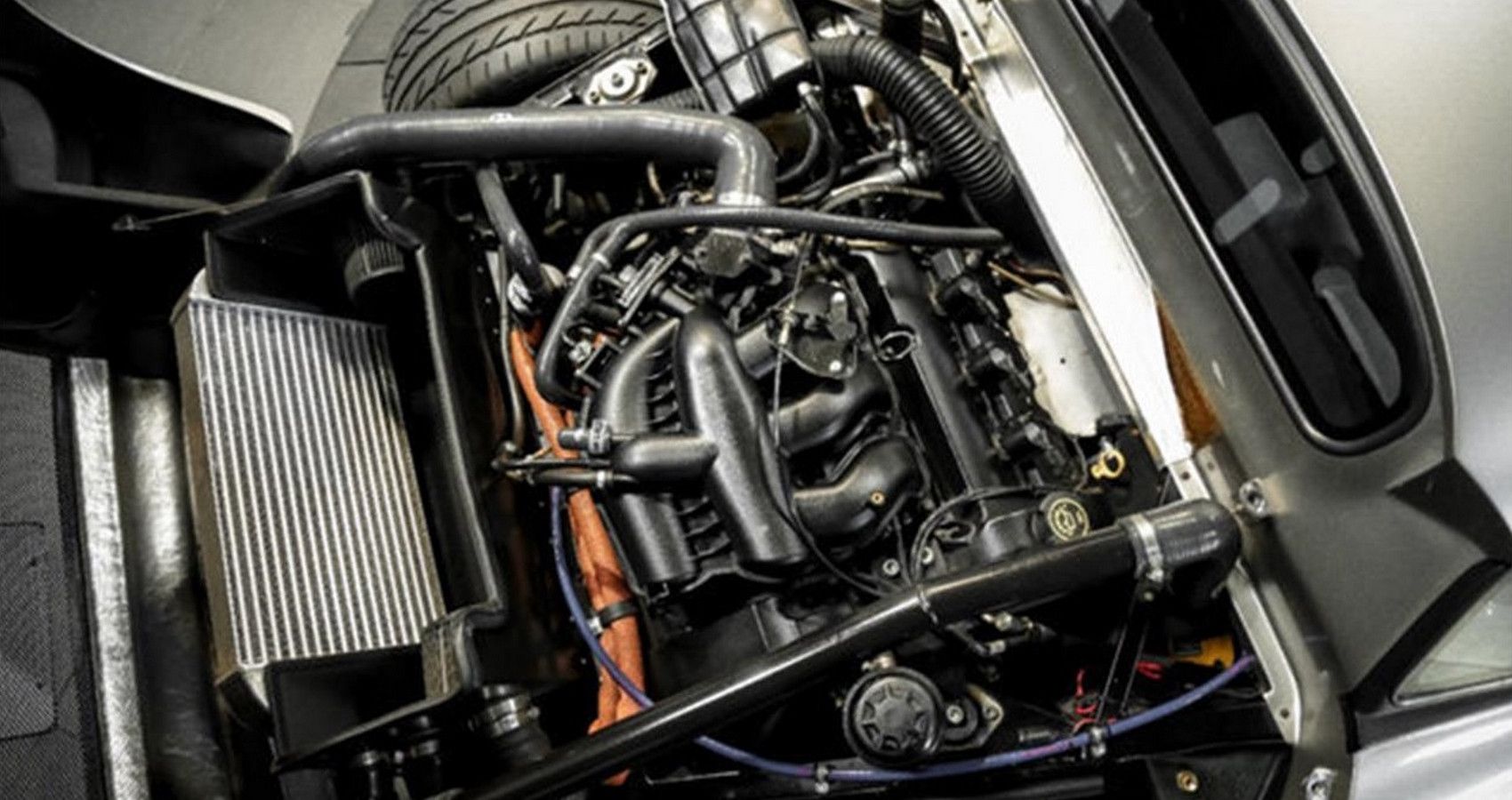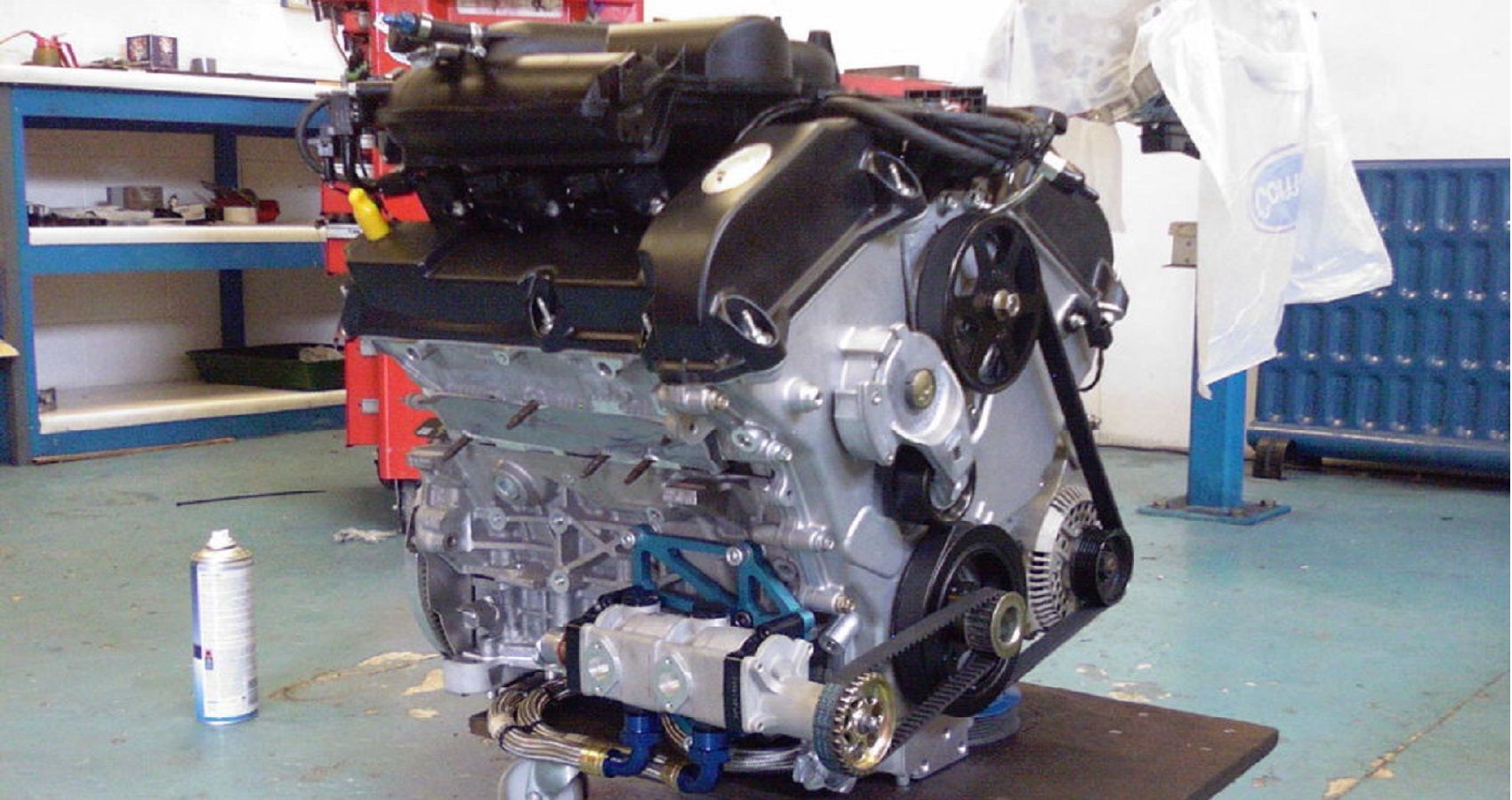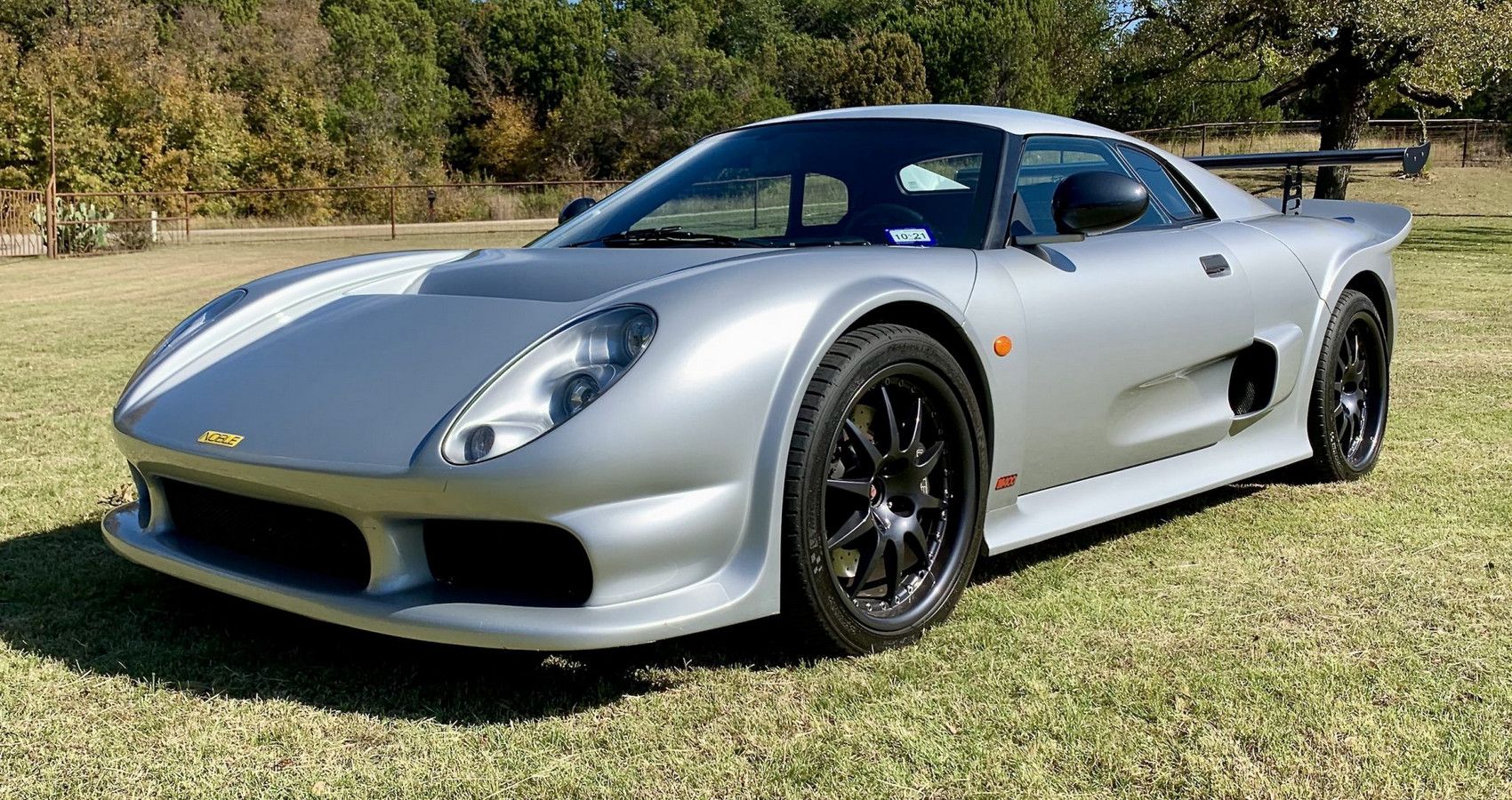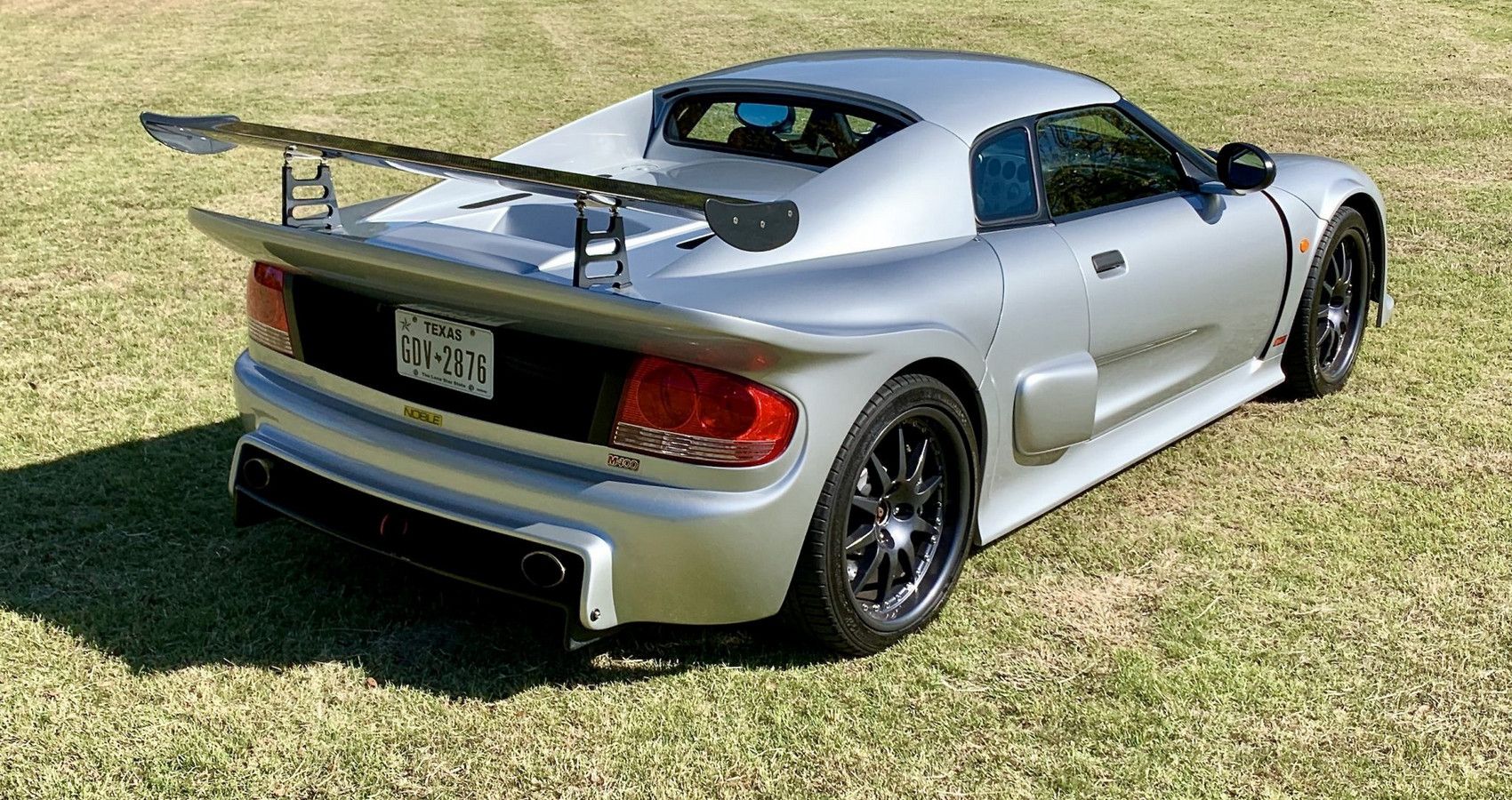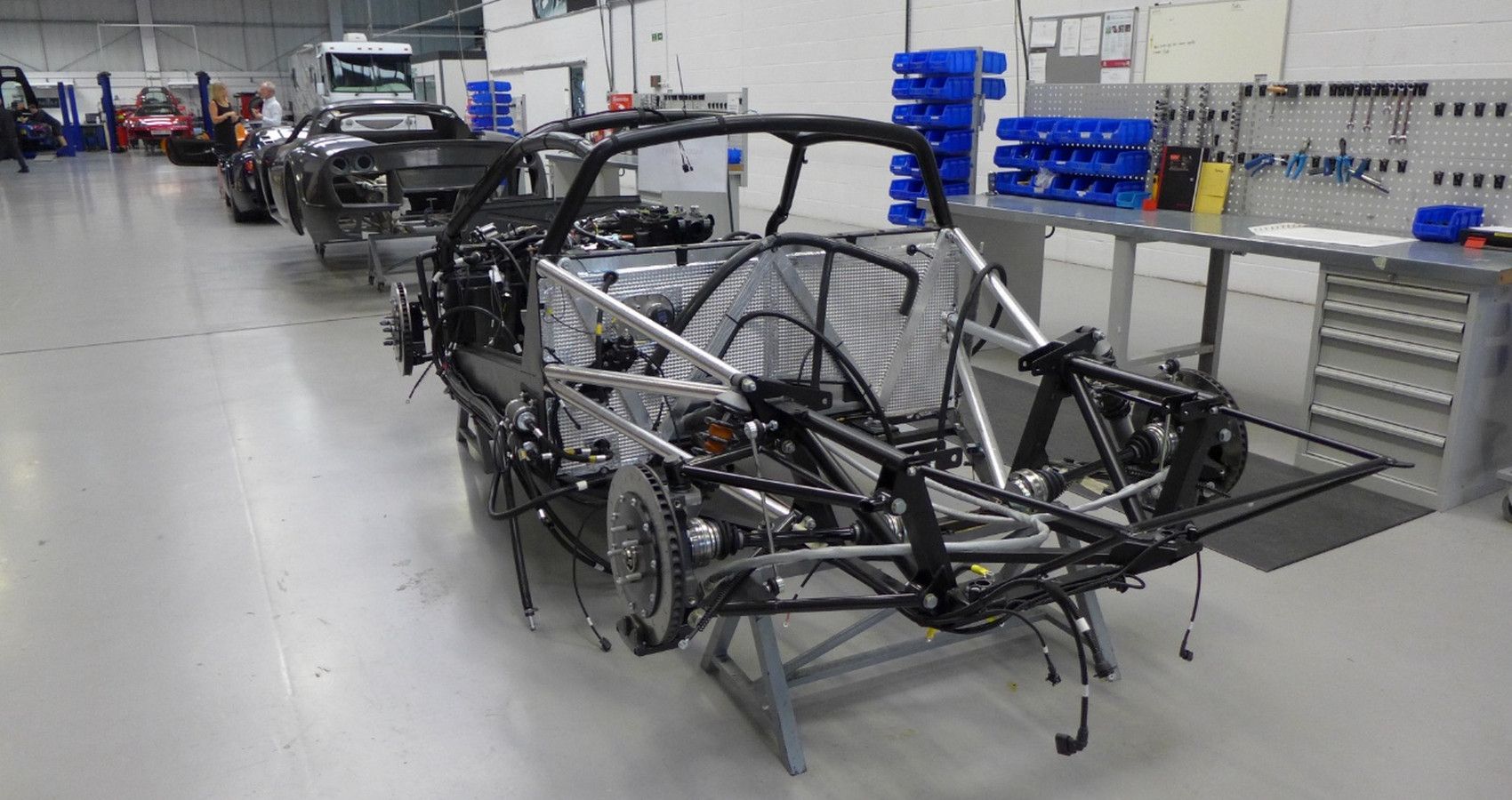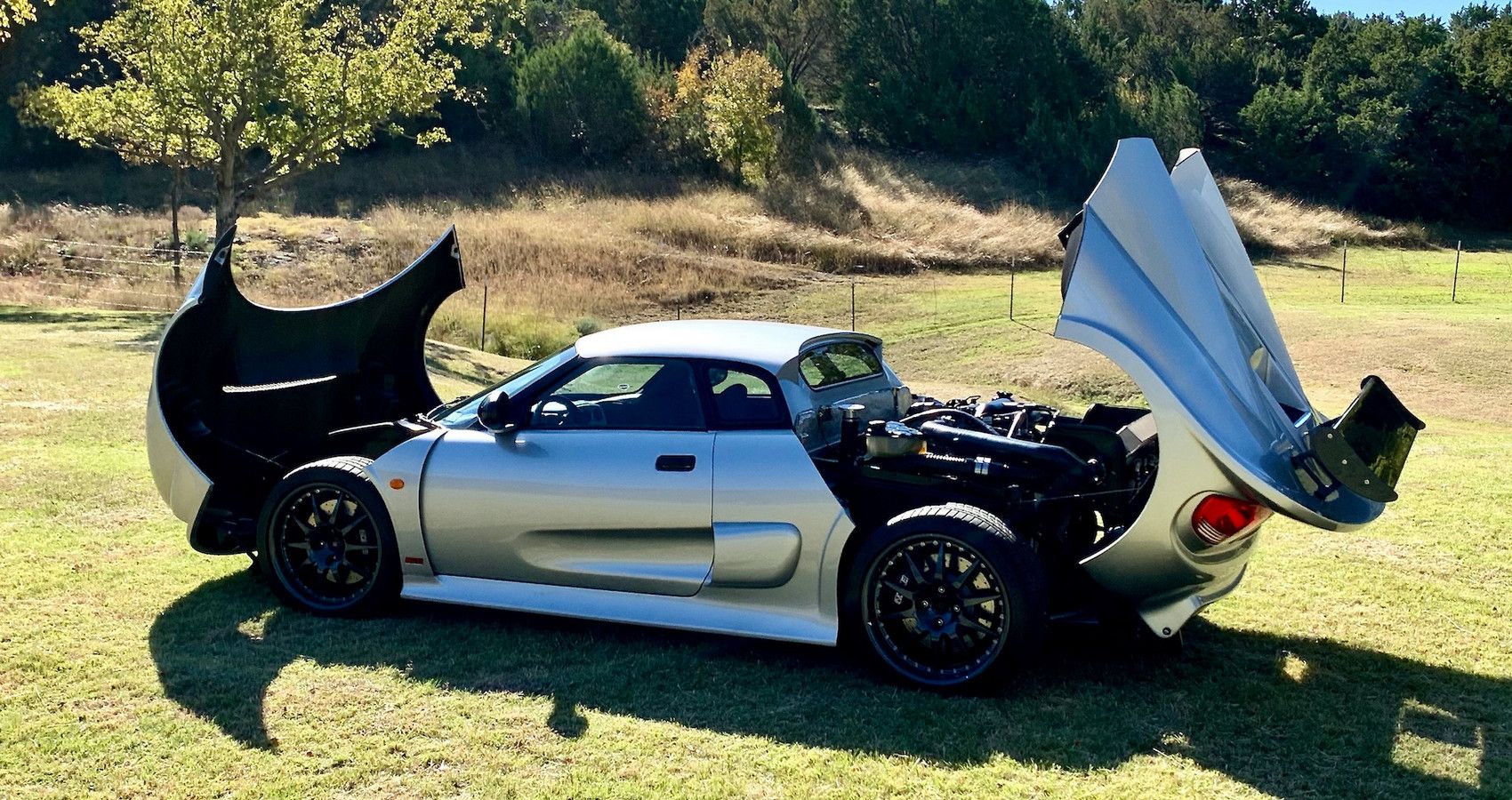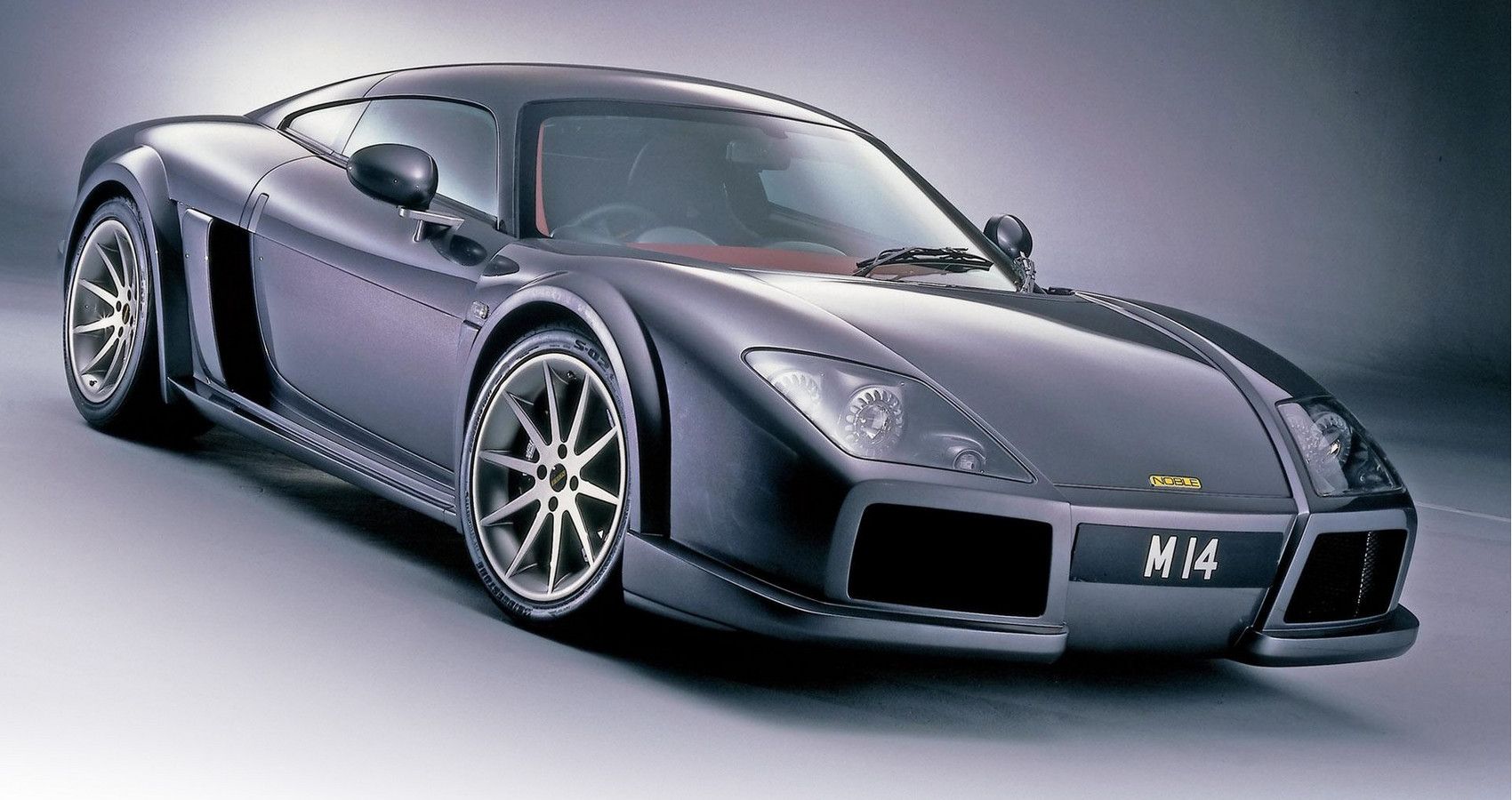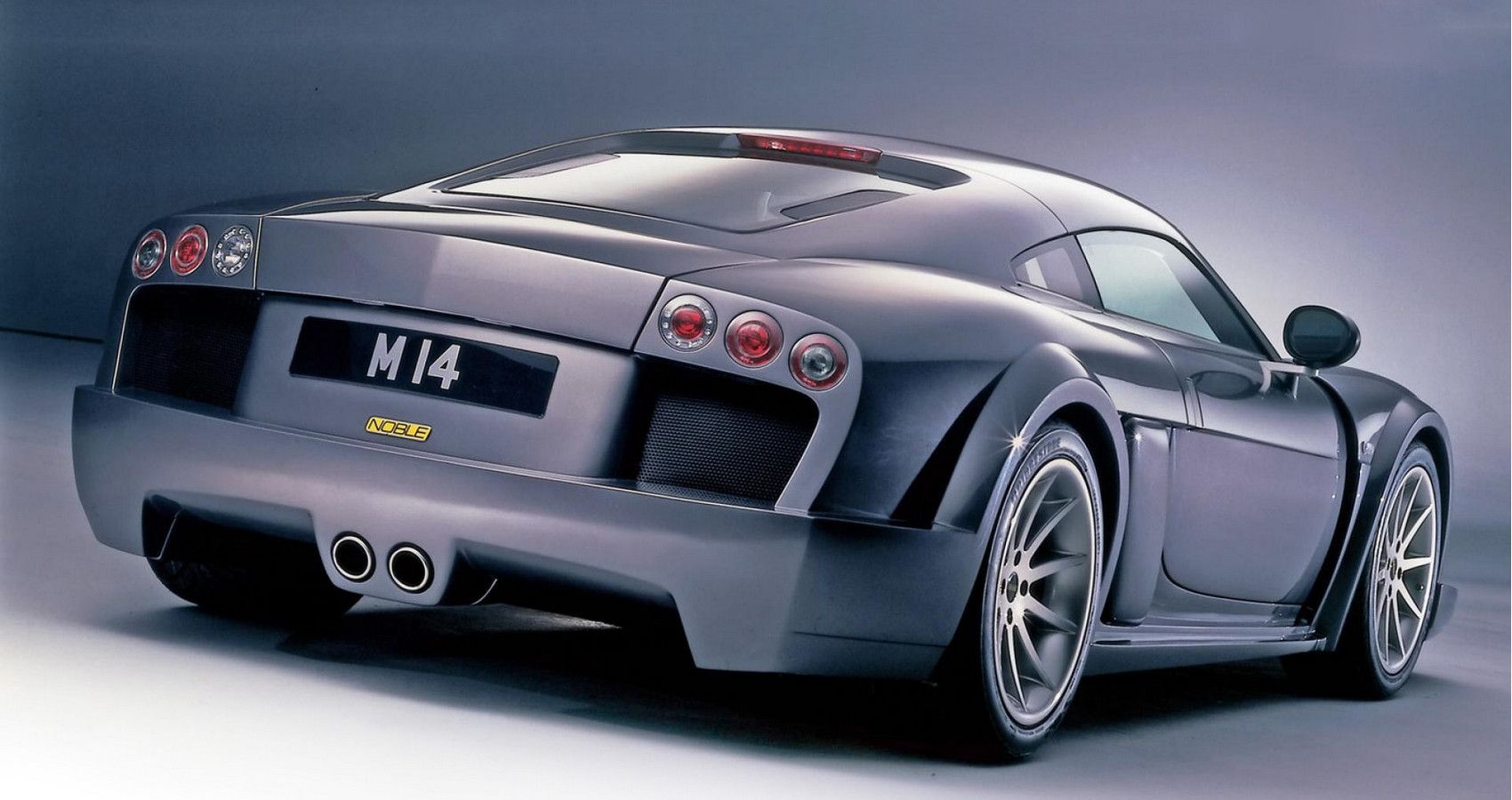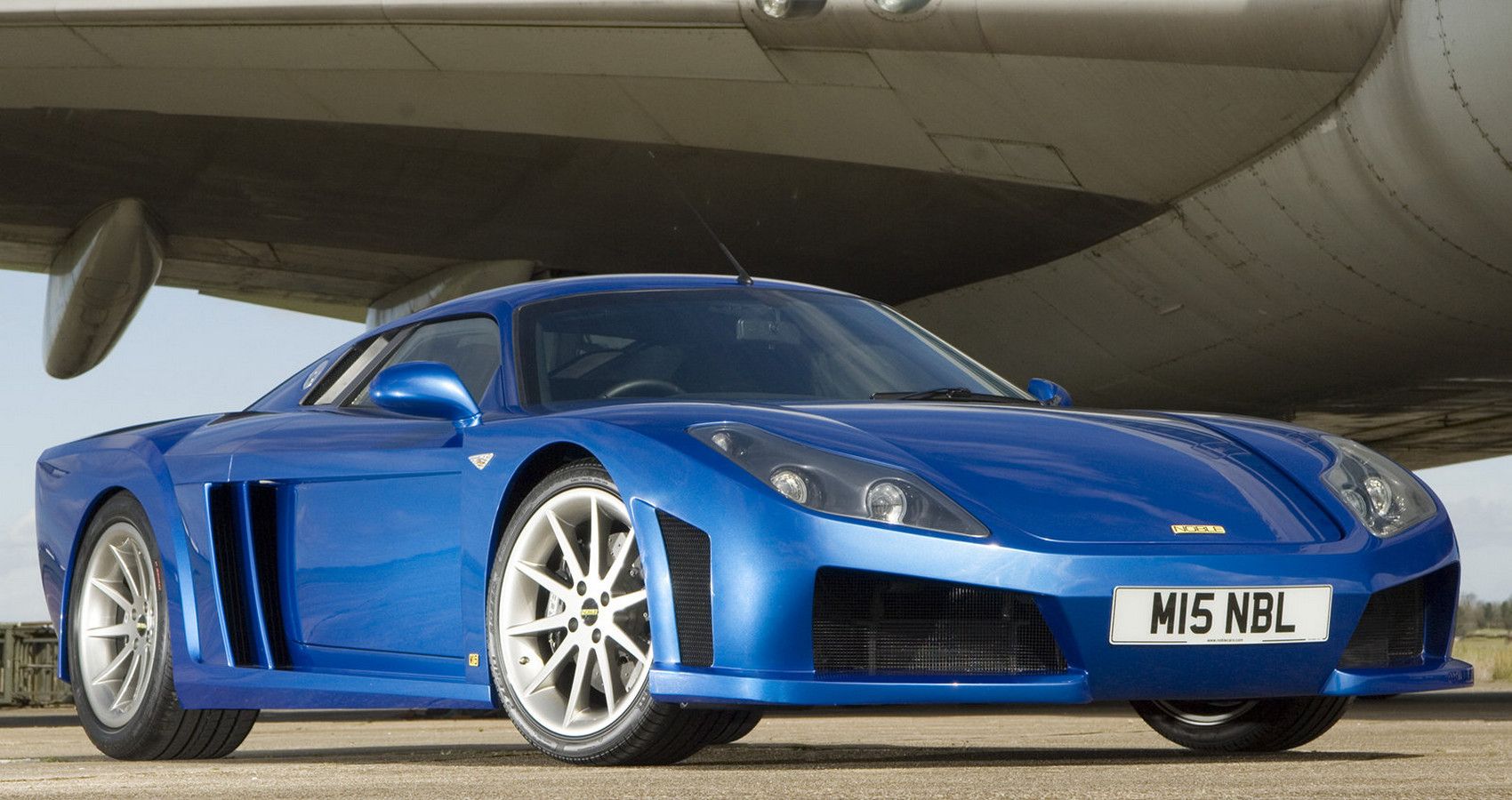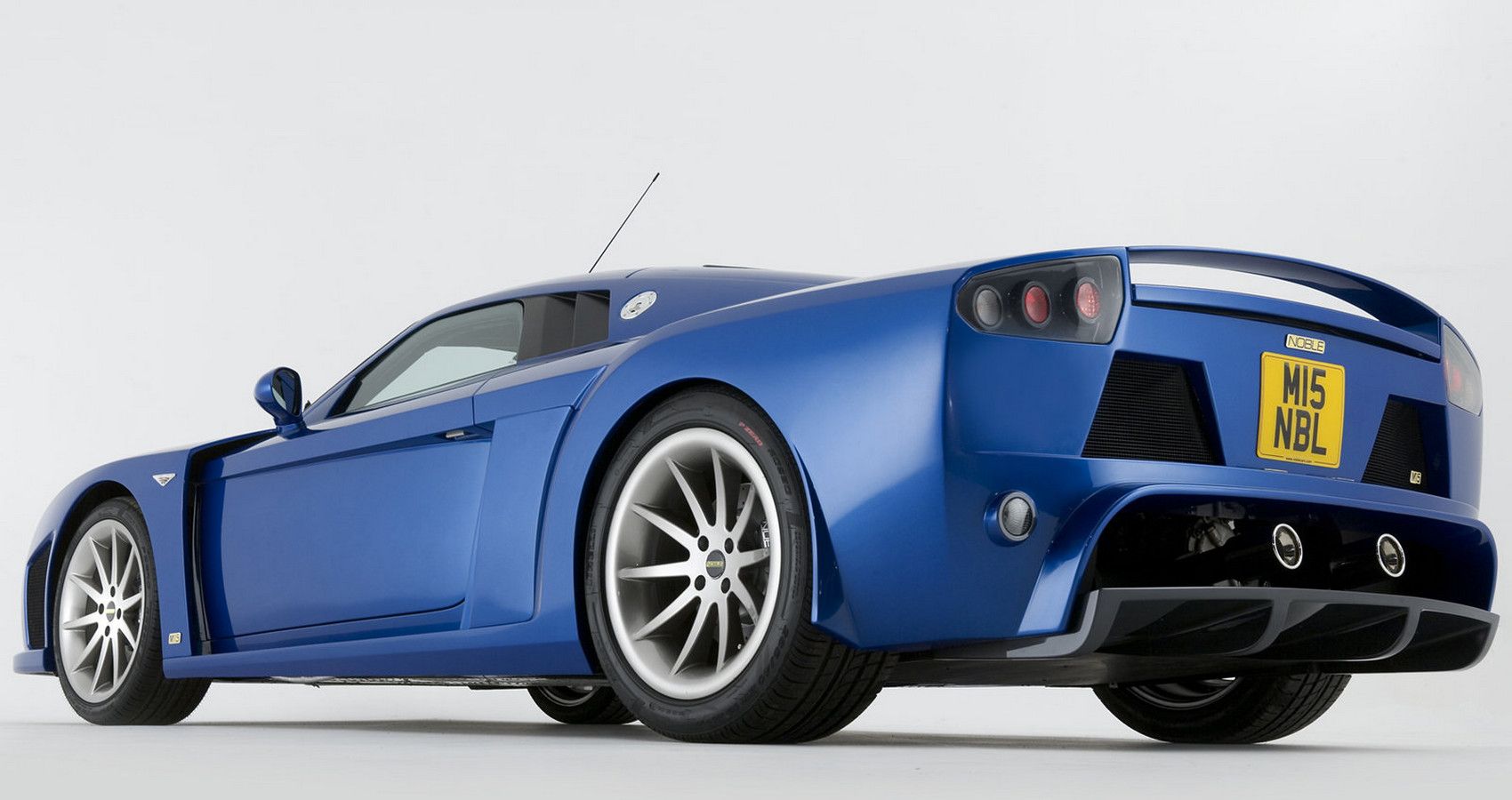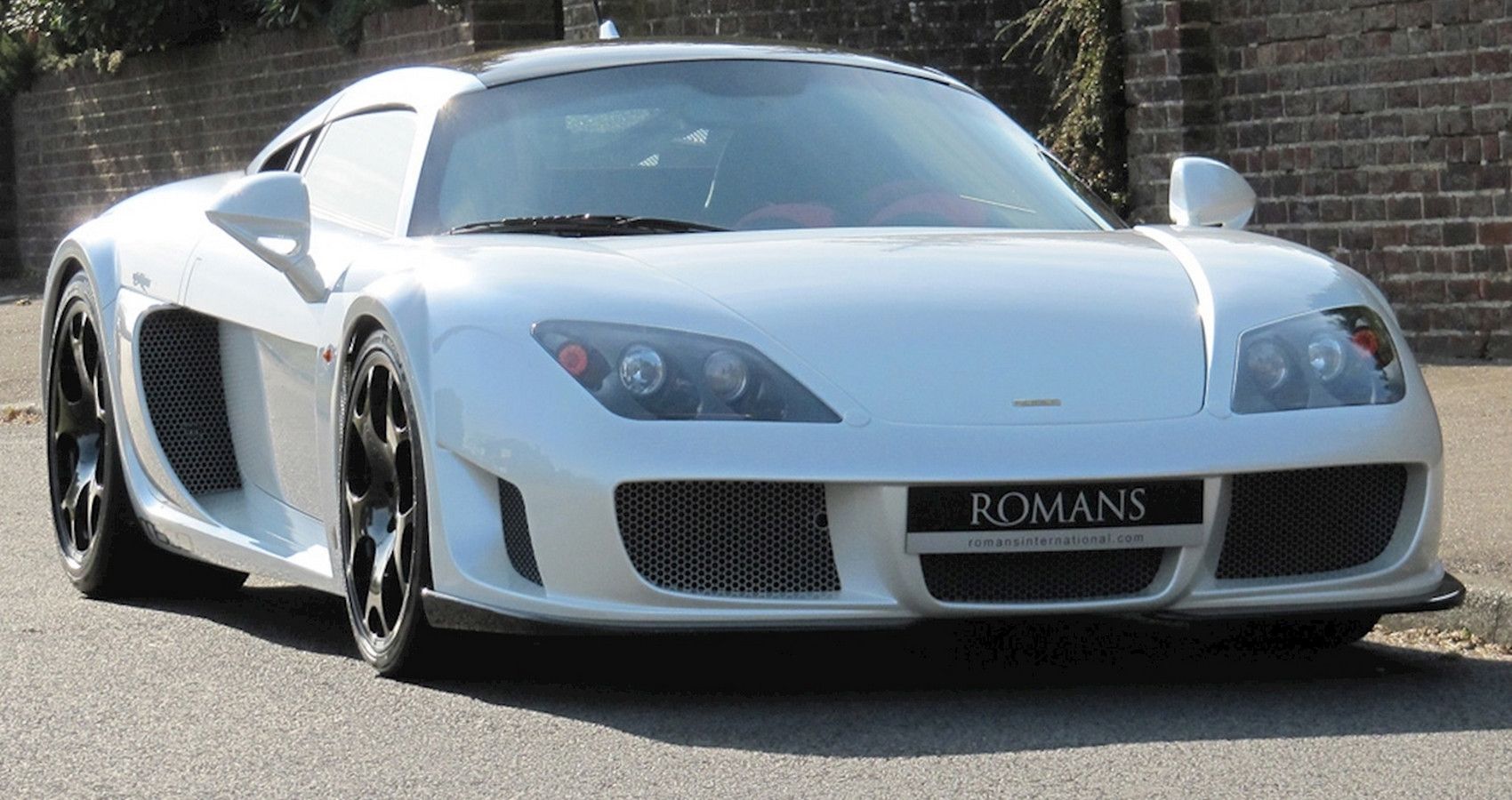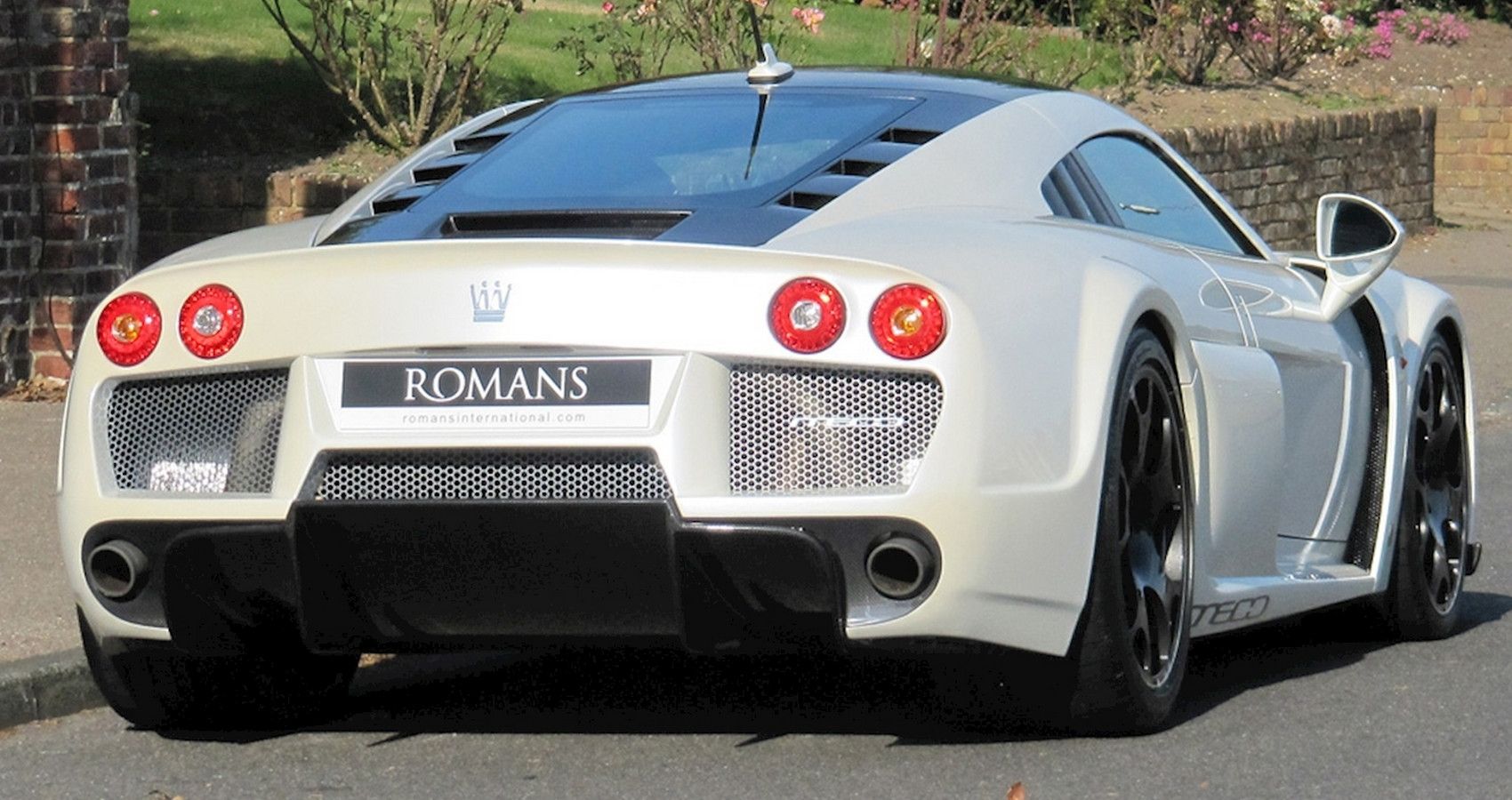Very few small volume sports car manufacturers survive their first few years in existence. Those that do, tend to fly under the radar and are largely forgotten in a world of premium supercars. Noble Automotive is one of the few exceptions the deserves to be remembered, not just for its cars, but also the incredible story.
Forget barn finds, home-builds are way cooler, Noble Automotive is currently one of the most exclusive, if little-known sports carmakers on the planet, and started in little more than a lock-up garage by one man. While founder Lee Noble has departed for fresh challenges, Noble continues to push the boundaries of what is possible with enough determination and a vision of the affordable, daily supercar.
10 Lee Noble, Founder
Serial car designer and engineer Lee Noble have long been involved in the world of sports cars, first getting involved in low volume sports cars back in the early '80s, long before Noble Automotive itself even existed.
Most famously credited with the Ultima Mk.1, setting the benchmark for what would become the Ultima GTR hypercar. Follow-up projects included a series of classic Ferrari and Lotus replicas under the Noble Motorsports brand, the Lotus chassis later adapted to form the basis of the low volume Midtec Spider. Interest in motorsport played a major role in Lee Noble's next projects, a series of Prosport racing cars and the Ascari FGT followed, the latter heavily influenced by the Ascari Ecosse.
9 Noble Automotive
Founded in 1999, Noble Automotive, despite its current image, started life in a less hi-tech environment, early design, development, and manufacture taking place in founder Lee Noble's home garage set-up. Since the carmaker's inception, moving its headquarters to Leicester for final assembly, with chassis and body manufacturing outsourced to South Africa.
However, you won't find Noble Automotive listed, production of chassis and bodywork is now handled by a third party, South African based sports carmaker Hi-Tech automotive, more famously known by its distribution channel Superformance.
8 Noble M10 Prototype (1999-2000)
The earliest Noble-branded sports car had a very different vision of what gearheads come to expect from Noble Automotive today. Launched briefly in 1999 the M10, Noble's first production car was short-lived, only 6 are known to have been made.
More of a development mule than a serious production car, the M10 directly compared to the upcoming Lotus Elise in terms of performance, and Toyota's ill-fated MR-S appearance-wise. Under the skin using a naturally aspirated 2.5-liter V6 producing 168 hp. Even before customer contracts were dry, the M10 was killed off, its successor already waiting on the sidelines.
7 Noble M12 GTO - (2000-2008)
Any prospective M10 customers concerned about their deposits needn't have worried, the M12 GTO was superior in every way, and cemented Noble Automotive's reputation as a serious sports carmaker. While the bodywork might have been familiar from some angles, beneath the skin it was a completely different animal.
Throughout its eight-year production run, the M12 GTO spawned a series of faster, more powerful road cars culminating in the GTO-3R boasting a 352 hp turbocharged Ford V6 capable of a maximum speed of 185 mph. Originally conceived for track use all M12's shipped with factory fitted roll cages, however, they were road legal.
6 Ford Duratec Power
Noble's low volume production status would never have supported its own engine design, with no other viable option than off-the-shelf Ford units powering every model from the M10 right up until the M400 of 2006.
The Duratec series first appeared in 1993 powering a range of cars for the Ford, none however were required to deliver the same level of performance Nobel required. Heavily revised in-house, the most obvious update is a pair of turbochargers boosting output in the 2.5-liter form to 310 hp, later cars with bigger turbos and enlarged cylinders easily copying with 400+ hp.
5 Noble M400 (2004-2007)
One last hurrah for the M12's chassis and engine combination, only this time around boasting larger Garrett T28 turbos, dramatically raising output to 425 hp and slashing the M400's 0-60 mph time to 3.6-seconds.
Except it wasn't quite the last call for Noble's V6 mid-engine supercar, two further independent carmakers would use the M400 in very different approaches. First up, UK-based Saliics promised modified versions of the Noble with a range of coupes and roadsters boasting up to 500 hp. More interestingly, in 2007 Rossion acquire the rights to use Noble's design for its Q1 supercar, proving both quicker and rarer with only 100 cars produced.
4 Chassis And Bodywork
Strip away the bodywork of any Noble, and you'll be left with a network of carefully cut, placed, and welded tubular sections adding strength without unnecessary weight. This tubular approach is what makes the Noble, any Noble for that matter potent track cars with sublime handling, a trait that Lee Noble has become associated with.
Modern design isn't just confined to Noble's chassis, bodywork too in a unique clam-shell design uses the latest composite materials in the quest for greater strength and lower weight, earlier cars using glass-fiber items, more recently making the switch to carbon fiber for added strength.
3 Noble M14 - Abandoned (2004)
In 2004, Noble unveiled the M14 its latest and potentially fastest car to date, intending to lure gearheads away from both Porsche's 911 Turbo and the Ferrari F430, offering similar performance for less cash.
The Noble M14 followed a similar construction process, again using Ford Duratec engines and a lightweight chassis, resulting in a Ferrari busting power to weight ratio of 363 hp per ton. On paper, at least the M14 was a winner, However, Lee Noble abandoned the project believing the £75,000 asking price wasn't reflected in the M14's advances over earlier designs.
2 Noble M15 (2006-2011)
A second take on the abandoned M14 grand tourer, unveiled in 2006 the M15 despite the now customary similarities was all-new under the skin. Beginning with a new chassis design both lighter and stiffer, equipped with an all-new drive train, including a much improved Oerlikon Graziano semi-automatic transmission paired with a retuned 3-liter engine punching out 461 hp.
Envisaged as a grand tourer, it might have been, but the M15 is no softly sprung weekend car, it's still a massively potent sports car capable of 60 mph in 3.5 seconds, flat out recording a top speed of 180 mph.
1 Noble M600 (2010 Onwards)
At first sight, bearing a striking resemblance to previous generation Nobles, the M600 sharing a common styling theme that sets it apart from other sports cars. This however is not an evolutionary revamp, more a revolution in power, performance, and engineering, Noble as a serious bona fide supercar maker had arrived.
All-new for 2010, Ford power making way for Yamaha's B8884 V8 engine displacing 4.4 liters and sporting twin-turbochargers with driver-operated boost control good for 650 hp. How much restraint owners have determines how fast this thing will go, opting for maximum boost yields a 3-second 0-60 time, keep the throttle buried on a long enough stretch of tarmac, and you'll be doing 225 mph.


